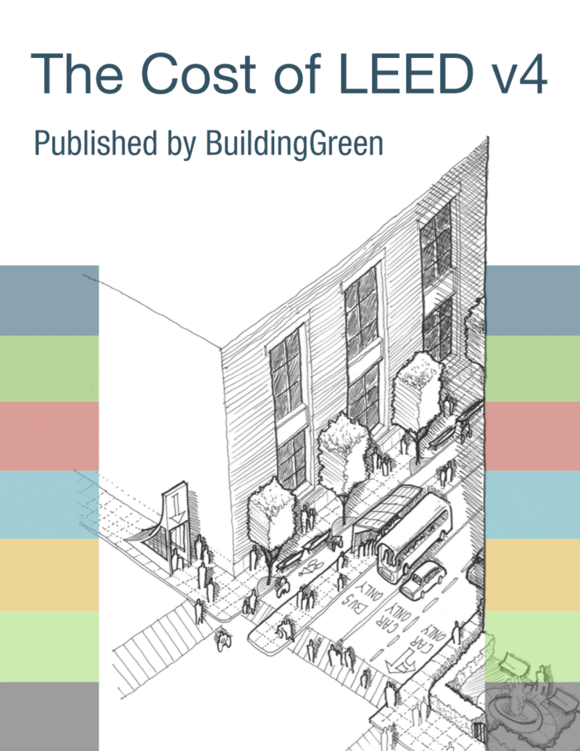Revise the examples and calculator to reflect the landscape water baseline, rather than the landscape water allowance (LWA).
Insert new images above Figures 2 and 3 in BD+C and O+M that show the "Part 1 - Baseline & LWA" tab of the .xls Water Budget Tool (https://www3.epa.gov/watersense/excel/water_budget_tool.xlsx).
BD+C prerequisite
Example 1. Livingston, New Jersey
Replace the last paragraph with the following text: "The landscape water allowance equals 43,980 gallons/month. The landscape water baseline equals 62,829 gallons/month. The LWR for this design in this location is 15,939 gallons/month. The total savings from the baseline amounts to 75%. Since only 30% is required to meet the prerequisite, the project easily achieves compliance."
Example 2. Palo Alto, California
Replace the last paragraph with the following text: "With a total landscape area of 16,000 square feet—10,000 square feet of groundcover (low water need, native species, drip irrigation) and 6,000 square feet of trees (medium water need, drip irrigation)—the tool now calculates a landscape water allowance of 41,886 gallons/month, and a landscape water baseline of 59,837 gallons/month. Compared with the New Jersey example above, the landscape water requirement for this design has increased to 26,713 gallons/month. The total savings from baseline is now 55%, but since only 30% is required, the project still achieves the prerequisite."
BD+C credit
Example 1. Livingston, New Jersey
Replace the paragraph that begins with "The landscape water allowance (30% below baseline minimum) equals..." with the following text: "The landscape water allowance equals 43,980 gallons/month. The landscape water baseline equals 62,829 gallons/month. The LWR for this design in this location is 15,939 gallons/month. The total savings from the baseline without alternative water sources amounts to 75%. The project achieves the credit and earns 1 point."
Example 2. Palo Alto, California
Replace the last paragraph with the following text: "With a total landscape area of 16,000 square feet—10,000 square feet of groundcover (low water need, native species, drip irrigation) and 6,000 square feet of trees (medium water need, drip irrigation)—the tool now calculates a landscape water allowance of 41,886 gallons/month, and a landscape water baseline of 59,837 gallons/month. Compared with the New Jersey example above, the landscape water requirement for this design has increased to 26,713 gallons/month. The total savings is now 55%, for 1 point."
O+M credit
Example 1. Livingston, New Jersey
Replace all of the text below the Water Budget Tool Table with the following (delete both existing paragraphs): "The landscape water allowance equals 43,980 gallons/month. The landscape water baseline equals 62,829 gallons/month. The LWR for this design in this location is 15,939 gallons/month. The total savings from the baseline amounts to 75%. The project achieves the credit and earns 2 points."
Example 2. Palo Alto, California
Replace the last paragraph with the following text: "With a total landscape area of 16,000 square feet—10,000 square feet of groundcover (low water need, native species, drip irrigation) and 6,000 square feet of trees (medium water need, drip irrigation)—the tool now calculates a landscape water allowance of 41,886 gallons/month, and a landscape water baseline of 59,837 gallons/month. Compared with the New Jersey example above, the landscape water requirement for this design has increased to 26,713 gallons/month. The total savings is now 55%, for 2 points."
ND credit
Add a new bullet point above the Landscape water allowance line that read: "Landscape water baseline = 746,090 gallons/month"


